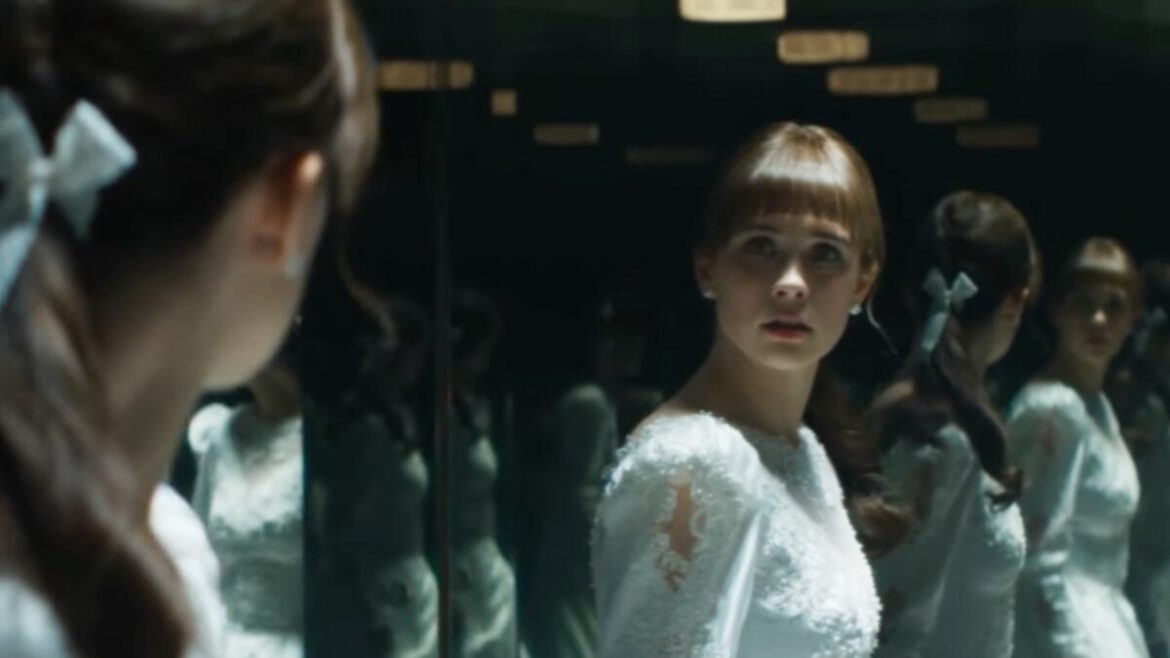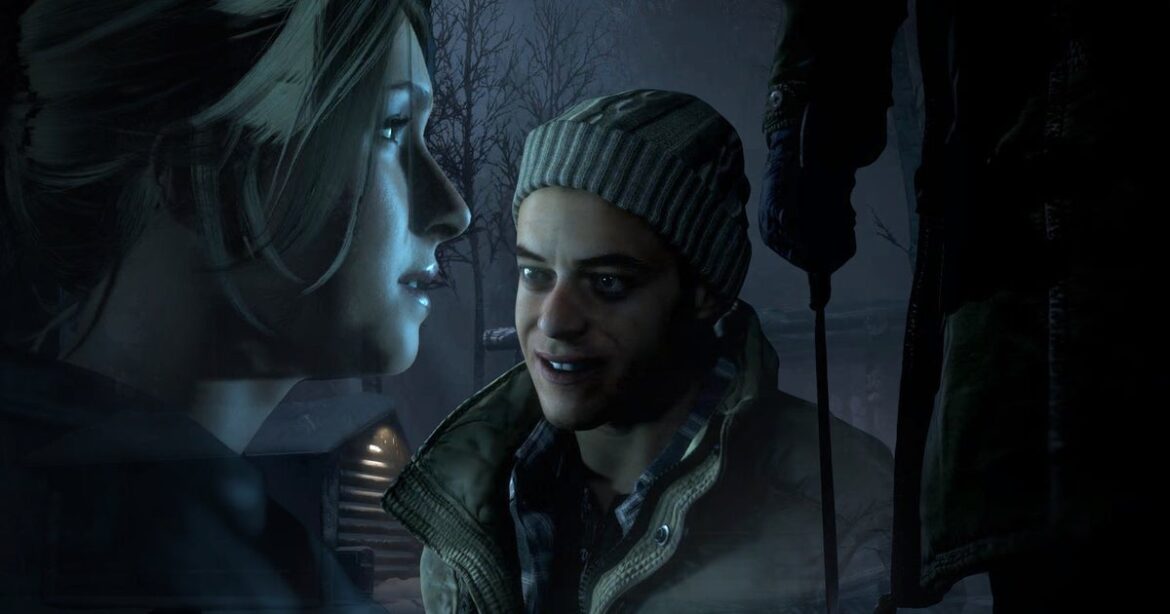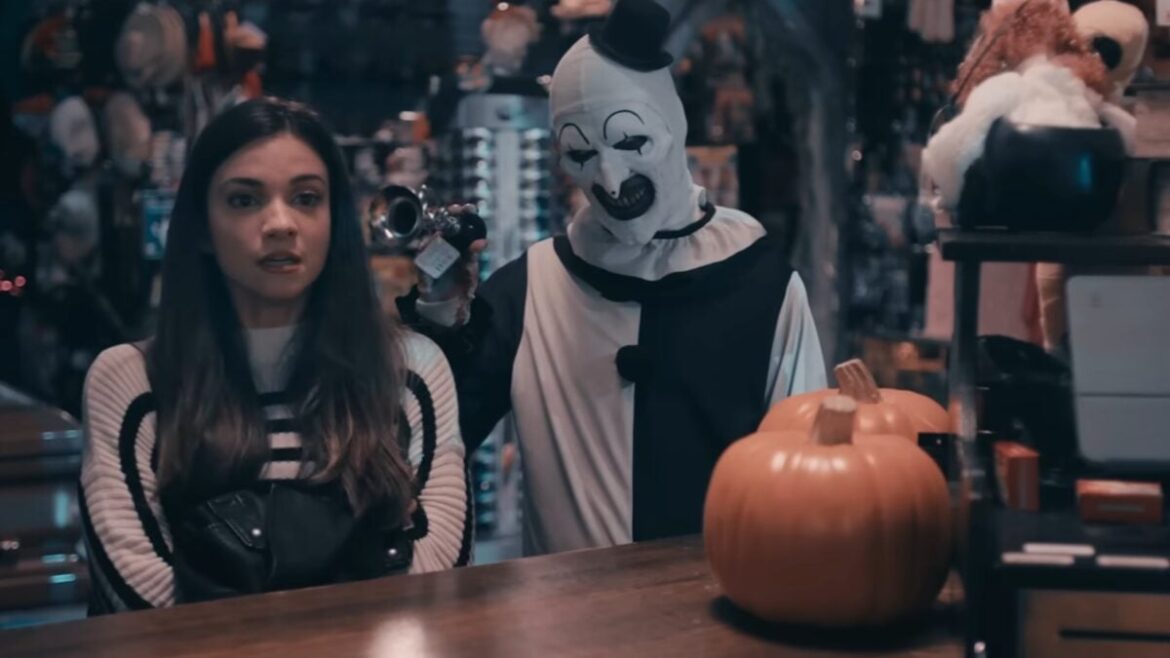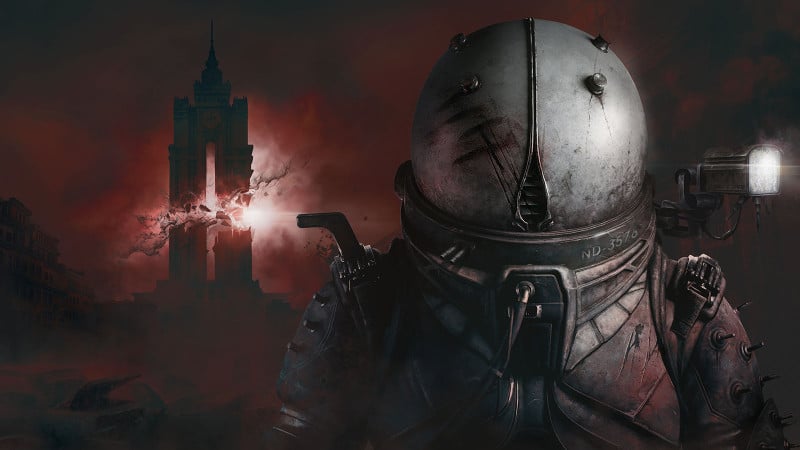This weekend’s The Conjuring: Last Rites kicks off fall’s slate of horror movies, and AMC Theaters wants to use the occasion to get more butts in seats. Enter, the Slash Pass.
Beginning with Last Rites, theatergoers can use the Pass to see six participating horror movies, or do different combinations like seeing one of the specific movies with five of their friends. Horror movies tend to do pretty well financially, something AMC’s senior marketing VP Ellen Copaken highlighted in the press release: “Horror has quickly become one of our most popular genres, especially among Gen Z audiences, who know [they’re] best enjoyed in the comfortable, communal environment of our theatres.”
For those interested, the Slash Pass will cost you $66.66 and last through the remainder of 2025. Films under its purview include next week’s The Long Walk, along with Him on September 19, October 17’s Black Phone 2 and Five Nights at Freddy’s 2 on December 5. It can also be applied toward classic horror movies coming back to AMC for its “Thrills & Chills” banner. That selection of films includes the original Nightmare on Elm Street, Friday the 13th, Scream, Candyman, and Terrifier.
If any of this sounds up your scary alley, you can read the full selection of films and the Slash Pass’ rules here.
Want more io9 news? Check out when to expect the latest Marvel, Star Wars, and Star Trek releases, what’s next for the DC Universe on film and TV, and everything you need to know about the future of Doctor Who.









